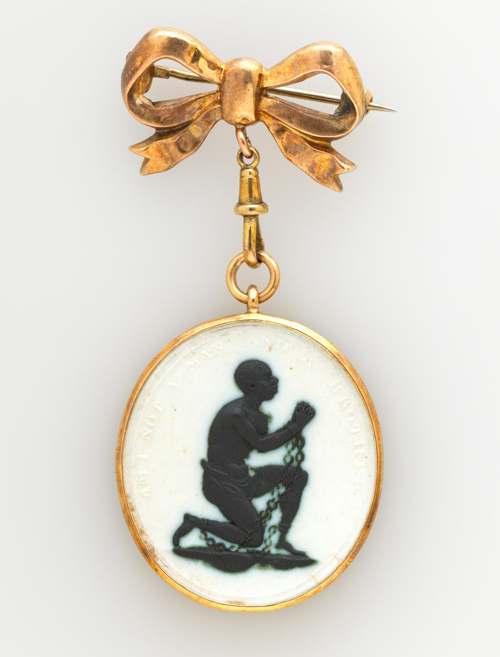Wedgwood Café

One of the most exciting ways to encounter the Humanities is through cultural objects. By investigating and discussing the features and histories of objects such as prints, manuscripts, and decorative items, we can better understand what they have to tell us about what it means to be human, and how this meaning has evolved over the centuries. In a series of four online ‘object cafes’, academics from the Faculty of Arts invite you to join an interactive discussion about a unique and fascinating object. Bring a hot beverage of your choice and enjoy a chance to encounter remarkable cultural materials through the eyes of experts.
This session focusses on two Wedgwood medallions of 1788 and 1789. The first depicts a kneeling African who asks: ‘Am I not a man and a brother?’. This was the key emblem of Britain’s popular abolitionist movement, confronting the viewer with slavery’s reduction of the human to a thing. The other is the less well-known Sydney Cove Medallion, fashioned from clay sent back by Governor Arthur Phillip to London. When Erasmus Darwin juxtaposed the medallions in his The Botanic Garden (1791), we must ask ourselves: what does the anti-slavery movement have to do with the convict colony of Botany Bay?
Guiding you through a discussion of these two objects will be Professor Deirdre Coleman. She is Robert Wallace Professor of English at the University of Melbourne and Co-Director of the Research Unit in Enlightenment, Romanticism, and Contemporary Culture. She has recently authored Henry Smeathman, the Flycatcher: Natural History, Slavery, and Empire in the late Eighteenth Century (2018).
This is a free event.
Image:
Wedgwood, Stoke-on-Trent, Staffordshire (manufacturer)
William Hackwood (designer)
Slave medallion
Medallion (c. 1787); setting (late 19th century)
Stoneware (white and black jasper), gold
3.1 x 2.8 x 0.4cm
National Gallery of Victoria, Melbourne
Presented by The Wedgwood Society of Australia to commemorate their 40th Anniversary in 2013, 2017
Photo: National Gallery of Victoria, Melbourne